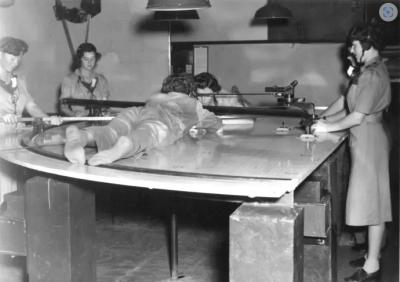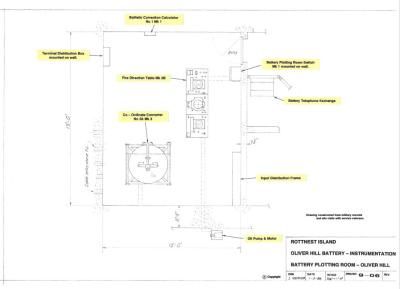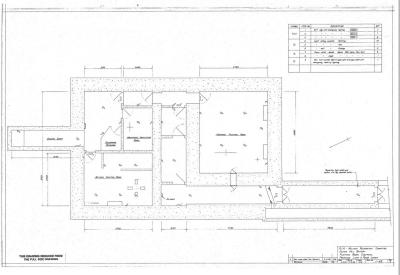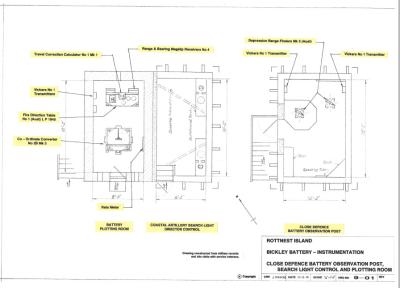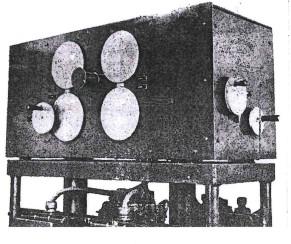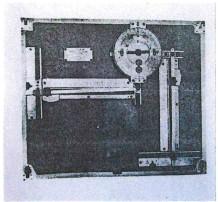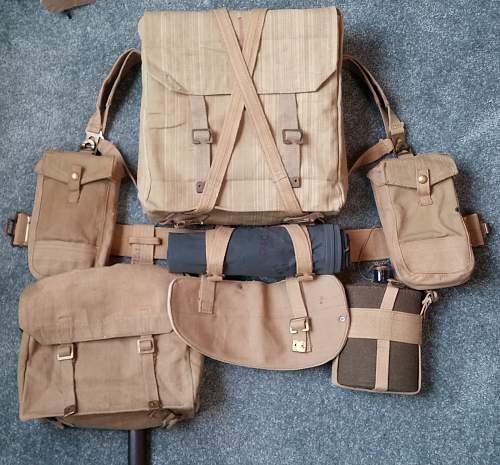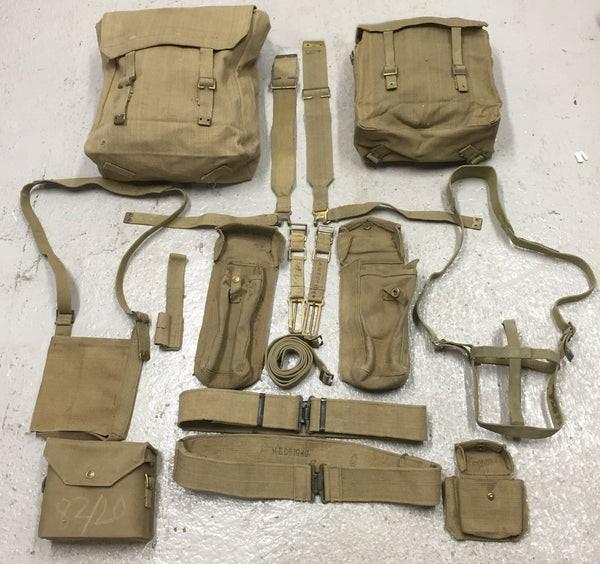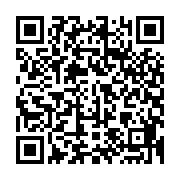World War 2 - 1937 Pattern Webbing
1937 Pattern Web Equipment was an item of military load-carrying equipment. It replaced the 1908 Pattern and 1925 Pattern—on which it was based—and was standard issue for British and Commonwealth troops from its introduction in 1937, throughout World War II, and in the post-war period. 1937 Pattern Webbing was made from cotton webbing, which was waterproofed and dyed before being woven. The fittings were made of stamped brass and it was produced by various manufacturers. It was produced in a khaki colour for the Army, which could then be dyed other colours if required. The theoretical weight of the fully loaded equipment was 25 kg for an infantryman in full marching order, including a rifle but not helmet or gas cape, and 19 kg for an officer.[
Towards the end of World War II, some 37 Webbing was produced in jungle green for troops fighting in the Pacific Theatre, although purpose-made 44 Pattern Webbing was then introduced for the humid jungle conditions, being lighter in weight, quicker drying and rot-proofed
Post World war 1, the increasingly complex nature of combat and different roles that soldiers and members of the other services were being required to undertake, meant that the new design needed to be flexible, thus it was decided that it would consist of interchangeable components, which could be modified to suit the individual needs of a soldier based on his role. The design was confirmed on 8 June 1938 and wide-scale issue began in 1939
Standard components included a belt (issued in sizes Normal and Large), cross straps (called 'braces'), cartridge pouches for .303 ammunition (which gave way to 'universal' pouches to carry ammunition for an array of infantry weapons, in addition to grenades), a carrier for the waterbottle and a small pack. The large (1908) pack and entrenching tool carrier were retained from World War I issue, although the later was initially issued in modified form before being reintroduced in 1941. Frogs for the 1907 SMLE and No.4 Rifle bayonets were also issued.
Different combinations of these components comprised the 'marching order' and the 'battle order' respectively. In addition various items were issued to be used by officers and often armoured crewmen, such as pouches for binoculars, pistol ammunition and compass, as well as a 'valise' side pack and holster for the .38 revolver.
The webbing's last major operational use occurred during the Vietnam War where it was reissued in response to capacity shortcomings that had been identified in M1956 Load Carrying Equipment; in addition to full sets of webbing being fielded, individual components were combined with those from 1944 Pattern webbing and/or M1956 equipment and were often modified for reasons of compatibility, convenience, or both. Vietnam-era webbing was often dyed green, though undyed items remained in the supply system. Items of webbing were in use as late as 1970.
Details
Details
During World War 2 in Australia, locally manufactured webbing was used alongside imported British and Canadian webbing. Domestic webbing production was slow to get underway during the Second World War. TAustralia was able to procure webbing from England for its forces serving in the Middle East and North Africa during the early war years. As the war progressed, Australia began receiving large amounts of Canadian webbing and its own webbing producers began producing greater amounts of equipment, but this production appears to be mostly aimed at supplementing existing stocks of Canadian webbing.
Examples of 1937 Pattern webbing may be found displayed in context throuout the World War 2 and Post 1945 galleries. Note in particular the white coloured version used in the British Commonwealth Occupation Forces in Japan. Hands on opportunities for selfies also exist at various stations.
Australian Army Museum of Western Australia
Australian Army Museum of Western Australia
More items like this
Other items from Australian Army Museum of Western Australia
- Pre 1914, 2nd Anglo-Boer War, 6th Western Australian Contingent, Perth, 1901
- Pre 1914, Western Australia, Rottnest Island, Undersea Cable, 1900
- World War 2, Western Australia, Rottnest Island, Coast Artillery Instrumentation, Fortress Plotter No 1 Mk 1
- World War 2, South West Asia, Syria, Fighting the French Foreign Legion, 1942
- World War 2, South West Asia, Lebanon, Operation Exporter, 1942
- World War 2, Western Australia, Wireless Set 101
- World War 2, Western Australia, Rottnest, Oliver Hill, Battery Plotting Room, Layout, 1938
- World War 2, Western Australia, Rottnest Island, Oliver Hill, Plotting Room Complex, 1938 / 1942
- World War 2, Western Australia, Rottnest Island, Bickley Battery, Observation Post and Command, Layout
- World War 2, Western Australia, Rottnest Island, Coast Artillery Instrumentation, Converter No 103 Mk 1 (Aust)
- World War 2, Western Australia, Rottnest Island, Coast Artillery Instrumentation, Travel Correction Calculator No 1 Mk 1
- World War 2, Home front Technology Context - Kerosene Lamp


